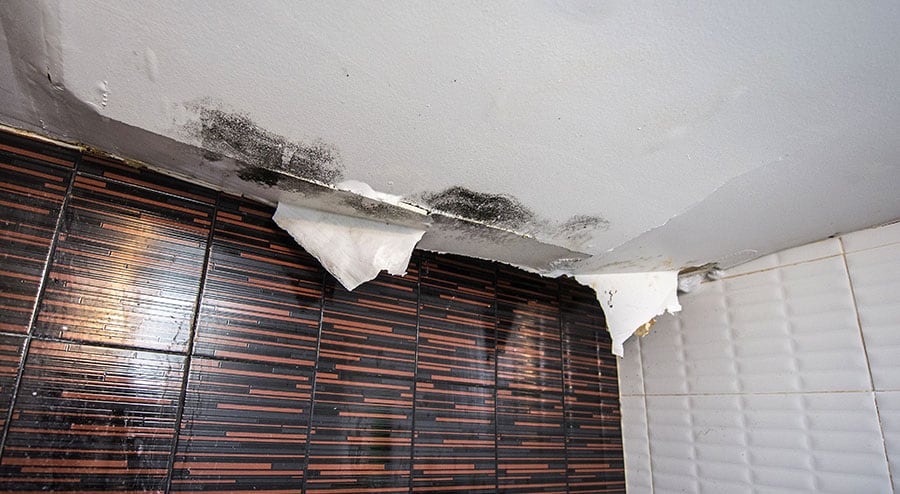6 Water Damage Reconstruction Do's and Don'ts.
6 Water Damage Reconstruction Do's and Don'ts.
Blog Article
Just how do you feel in regards to How To Prevent Fire And Water From Ruining Your Holiday Season?

Water provides life, water breach on components where it's not supposed to be can result in damage. If the water soaks into your framework, it can peel away surfaces as well as wear down the structure. Mold and mildew and also mold additionally grow in a wet setting, which can be unsafe for your health. Homes with water damages scent stuffy and also old.
Water can come from many resources such as typhoons, floodings, ruptured pipes, leaks, and sewage system concerns. In case you experience water damages, it would be good to recognize some security precautions. Below are a couple of guidelines on how to deal with water damages.
Do Prioritize House Insurance Coverage Coverage
Water damage from flooding because of heavy winds is seasonal. You can additionally experience an unexpected flood when a damaged pipe instantly ruptures into your residence. It would be best to have residence insurance coverage that covers both acts of God such as all-natural calamities, and also emergencies like busted plumbing.
Don't Neglect to Switch Off Utilities
In case of a catastrophe, specifically if you reside in a flood-prone location, it would be suggested to shut off the major electrical circuit. This removes power to your whole home, protecting against electrical shocks when water is available in as it is a conductor. Moreover, don't neglect to shut off the major water line valve. Furnishings will certainly relocate around as well as cause damage when floodwaters are high. Having the major shutoff shut off protects against additional damage.
Do Remain Proactive and Heed Weather Notifies
Pay attention to discharge cautions if you live near a river, creek, or lake . Doing so minimizes prospective residential property damage.
Don't Neglect the Roof
You can prevent rain damage if there are no openings and leakages in your roofing system. This will certainly prevent water from moving down your walls as well as saturating your ceiling.
Do Pay Attention to Tiny Leaks
A ruptured pipeline doesn't occur over night. Typically, there are warnings that indicate you have actually damaged pipes in your house. As an example, you may observe gurgling paint, peeling wallpaper, water streaks, water discolorations, or dripping noises behind the wall surfaces. At some point, this pipe will burst. Preferably, you need to not wait on points to intensify. Have your plumbing fixed before it causes large damage.
Don't Panic in Case of a Burst Pipeline
Maintaining your clearheadedness is essential in a time of situation. Since it will stifle you from acting fast, panicking will just worsen the problem. When it concerns water damage, timing is essential. The longer you wait, the more damage you can anticipate. Hence, if a pipe bursts in your residence, promptly turned off your main water valve to remove the resource. After that disconnect all electrical outlets in the area or shut off the circuit breaker for that part of the house. Call a trusted water damage restoration professional for aid.
Water provides life, water intrusion on parts where it's not intended to be can result in damages. Homes with water damages odor mildewy and old.
Water damages from flood charges to heavy winds is seasonal. You may discover bubbling paint, peeling off wallpaper, water streaks, water spots, or dripping audios behind the walls. When it comes to water damages, timing is essential.
Some Do's & Don't When Dealing with a Water Damage
DO:
Make sure the water source has been eliminated. Contact a plumber if needed. Turn off circuit breakers supplying electricity to wet areas and unplug any electronics that are on wet carpet or surfaces Remove small furniture items Remove as much excess water as possible by mopping or blotting; Use WHITE towels to blot wet carpeting Wipe water from wooden furniture after removing anything on it Remove and prop up wet upholstery cushions for even drying (check for any bleeding) Pin up curtains or furniture skirts if needed Place aluminum foil, saucers or wood blocks between furniture legs and wet carpet Turn on air conditioning for maximum drying in winter and open windows in the summer Open any drawers and cabinets affected for complete drying but do not force them open Remove any valuable art objects or paintings to a safe, dry place Open any suitcases or luggage that may have been affected to dry, preferably in sunlight Hang any fur or leather goods to dry at room temperature Punch small holes in sagging ceilings to relieve trapped water (don't forget to place pans beneath!); however, if the ceiling is sagging extremely low, stay out of the room and we'll take care of it DO NOT:
Leave wet fabrics in place; dry them as soon as possible Leave books, magazines or any other colored items on wet carpets or floor Use your household vacuum to remove water Use TV's or other electronics/appliances while standing on wet carpets or floors; especially not on wet concrete floors Turn on ceiling fixtures if the ceiling is wet Turn your heat up, unless instructed otherwise

Do you enjoy reading up on Preventing Fires and Water Damage In Your Home? Put feedback down the page. We would be interested to find out your feelings about this blog posting. In hopes that you visit us again in the future. So long as you liked our blog posting plz don't forget to pass it around. Thanks so much for taking the time to read it.
Report this page